The article below from Europolitics reports on the recent passage into law of the new GMO Regulation, through a vote in an unaccountable committee of the European Commission. The law contains some improvements over the current system but also some serious flaws: gmwatch.org
GM Watch commentary on Europolitics article
The source of information for the article is unclear but it is clear that attempts are being made to spin the new Regulation as strengthening GMO risk assessment.
It is true, as the article says, that the new law mandates 90-day animal feeding studies for GM foods, which were previously not mandatory. However, the new law ignores the need for long-term studies, which was clearly flagged up by Prof Gilles-Eric Seralini’s 2012 study. Seralini’s study found that tumours and organ damage in GM maize-fed rats only showed up beginning 4 months into the study – a month after 90-day studies have ended.
www.sciencedirect.com
The Europolitics article lightly dismisses the Seralini study, based on the EFSA opinion that it was “inadequate”.
However, experts consulted by the Belgian Biosafety Advisory Council, in an opinion published by EFSA as an annex to its own opinion, did not agree.
We recommend everyone to read the Belgian opinion because it is an honest reflection of the diversity of scientific opinion.
The Belgian opinion (called “Annex 1”) and EFSA’s final opinion can be downloaded here:
http://www.efsa.europa.eu/en/
The Belgian experts’ views are broken down into numbers and show that there was no universal consensus on many aspects of the Seralini study. However, many of the experts supported the most important elements of the study and rejected the sillier criticisms levelled against it, including the claim that Seralini had used the wrong strain of rat. Unlike in EFSA opinions, majority and minority views were published.
Our summary of the Belgian opinion and a breakdown of some of the more telling views is below (see below).
EFSA claimed in its final opinion on the Seralini study that it had taken the Belgian opinion into account. But if this had really been the case, EFSA would have published a very different opinion, which would have acknowledged that a significant number of Belgian experts supported many aspects of the Seralini study.
On another note, some animal welfare groups, including one quoted in the article below, have made a powerful alliance with industry in Brussels in trying to dispose of even the 90 day feeding tests for GM foods.
Much as in an ideal world we’d like to see an end to animal testing, to abandon it would be reckless as long as we continue to allow the release of known and potential toxins, such as GM foods and pesticides, into our environment and food supply.
If untested or inadequately tested substances are released, the number of animals and humans that would be exposed would be an order of magnitude higher than the 200-1000 animals used in an animal experiment.
In effect, entire species of animals and all humans would become the guinea pigs. Except that in ‘real life’, unlike in a controlled laboratory experiment, no one is looking for any ill effects and no one is standing by to humanely euthanise us when our suffering grows too great. Much damage will occur and nothing will be learned.
We are told by scientists working in the field – who would like nothing better than to see an end to animal experimentation – that in vitro (test tube) methods of toxicity testing are not yet ready.
Crucially, in vitro methods are not accepted as proof of safety or toxicity by industry or regulators. Currently they are most useful as indicators of the need to do in vivo (animal) tests.
Member states back 90-day GM feed trials
Source: Ed Bray, Europolitics, Belgium, www.europolitics.info, 27.02.2013
All toxicity trials to check the safety of genetically modified (GM) food and animal feed for EU sale must last for at least 90 days, member states agreed on 25 February. The move follows calls from several national food safety authorities, such as ANSES in France and NGOs, for longer testing rules in the wake of a controversial French study linking tumours in rats with GM maize NK603.
The two-year study by French Professor Gilles-Eric Seralini, published on September 18 last year, was widely criticised by food safety bodies for its “inadequate” design and methodology. The paper was of “insufficient scientific quality to be considered valid for risk assessment”, the European Food Safety Authority said. But ANSES responded by demanding more rigorous rules for EU feed trials.
Marco Contiero from Greenpeace said the EU needs to “redesign safety testing so that it routinely assesses impacts over the long term”. Twenty countries at the standing committee of national experts voted in favour of the 90-day minimum.
The UK, the Netherlands, Belgium and Sweden voted against the proposal, while Portugal and Latvia abstained. The change will raise the current minimum level from 17 days, although in practice over 75% of toxicity tests in applications for licences to sell GM food and feed last for at least 90 days. Corinne Lepage (ALDE), a leading French MEP on GMOs, criticised the decision, arguing that the evaluation of GMO risks should last for two years. Meanwhile, the animal welfare NGO Eurogroup for Animals slammed the mandatory use of animal tests.
The decision goes against the Commission’s policy of reducing animal testing where possible, they added. Commission officials said the change would be published in the EU Official Journal “in the coming weeks”.
GMWatch comments on the Belgian Biosafety Advisory Council opinion on the Seralini et al (2012) study on GM maize and Roundup, 4 March 2013
The Belgian opinion can be downloaded here:
http://www.efsa.europa.eu/en/efsajournal/pub/2986.htm
These were the 11 experts consulted by the Belgian Biosafety Advisory Council:
Prof. Adelin Albert (Universite de Liege), Prof. Dominique Cassart (Universite de Liege), Prof. Corinne Charlier (Universite de Liege), Prof. Dr. Dirk De Bacquer (Universiteit Gent), Dr. Bart De Ketelaere (Katholieke Universiteit Leuven), Prof. Joris Delanghe (Universiteit Gent), Prof. Philippe Delvenne (Universite de Liege), Prof. Frederic Famir (Universite de Liege), Prof. Pascal Gustin (Universite de Liege), Dr. Dominique Lison (Universite catholique de Louvain), Dr. Ir. Viviane Planchon (Centre wallon de Recherches agronomiques, Gembloux).
Study design
3 experts endorsed the long duration of the study. 1 expert noted its flaws, but noted that those were common also in studies generally endorsed by regulators.
Only 5 of the 11 experts thought the choice of rat was wrong (so 6 endorsed the use of the Sprague-Dawley rat).
8 of the 11 experts did not criticise the size of the control groups.
Only 1 of 11 experts criticised the number of experimental groups.
Endpoints
Only 1 of 11 experts criticised the endpoint measurements.
Anatomopathological observations
3 of 11 experts thought that the observed tumours should have been characterised. So 8 of 11 did not.
Biochemical parameters (kidney, liver) were criticised by only 2 of the 11 experts.
Statistics
Not enough information is given to know how many scientists gave each view, but the statistics aspect of the paper was the most heavily criticised. It is clear, however, that the scientists’ views were very different: there is no sign of consensus on each criticism. Our own experience too is that every commentator on the statistical aspects of any paper has a different view.
The most agreed upon point (4 experts) was that there was no sign in the paper of a statistical analysis of the mortality or tumour endpoints. This is true, but it could be seen as an observation rather than a criticism. Seralini’s team didn’t do a statistical analysis on these endpoints because according to commonly used protocols, such an analysis would need much larger groups of animals. Criticising the absence of statistical analysis for these endpoints would be equivalent to criticising an apple for not being an orange.
Specific conclusions
“The experimental design used in this study allows estimation of the effect of water contamination and of the effect of GMO diet, but not the cumulative effect of both combined, in male and female rats.”
This is a general endorsement of the findings for both the GM effect and the glyphosate effect. Only the combined effect, according to the Belgian experts, is too weak to stand.
“The study provides some indications that GMO and Roundup based diets potentially might have deleterious effects on health, at least in rats. A major result of the paper is that the (potential) occurrence of problems takes time well above the usual duration used for this type of experiences, which strongly indicates that future experimentations should consider longer terms effects than what is usually done.”
This is a general endorsement of a real effect. However, the experts note that replication and extension of Seralini’s experiment is needed, a view echoed in the following conclusion:
“Despite the many methodological shortcomings, it can nevertheless be stated that the results of Seralini et al could rise to further, larger and independent research on the health long term effects of genetically modified food.”
The experts offer the following revealing conclusion – and one that we largely support:
“It seems reasonable to assume that the publication of Prof. Seralini, without providing definitive conclusions as to carcinogenicity in rats and even less about the underlying mechanisms, provides a reasonable and sufficient doubt to promote research on the impact of GMOs and pesticides associated with this type of culture, on the fauna and flora as well as mammals exposed. Rather than rejecting these results, should we not, according to the scientific approach, encourage new experiments to verify the reproducibility of the results by correcting any shortcomings of the current publication. All this calls for extreme caution and to discuss these issues with great care.”
The experts split into two groups issuing majority and minority opinions. The minority opinion asks for the same critical standards as were applied to the Seralini study to be applied to the Monsanto dossier on the same maize:
“Considering the uncertainties on long term effects of GM maize NK603 on health, we ask for a reassessment of the advice of the BAC on the initial dossiers of the maize NK603, regarding effects on human and animal health, using the same critical analysis that was applied by the BAC’s experts to the Seralini et al. study.” – Jean-Claude Gregoire, Damien Winandy, Lucette Ffandroy and Philippe Baret
We couldn’t say it better ourselves.





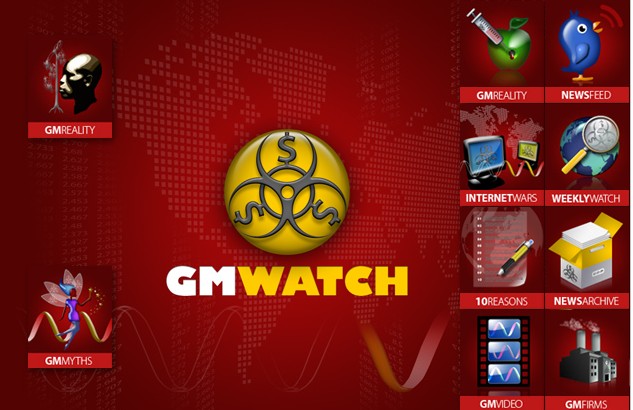



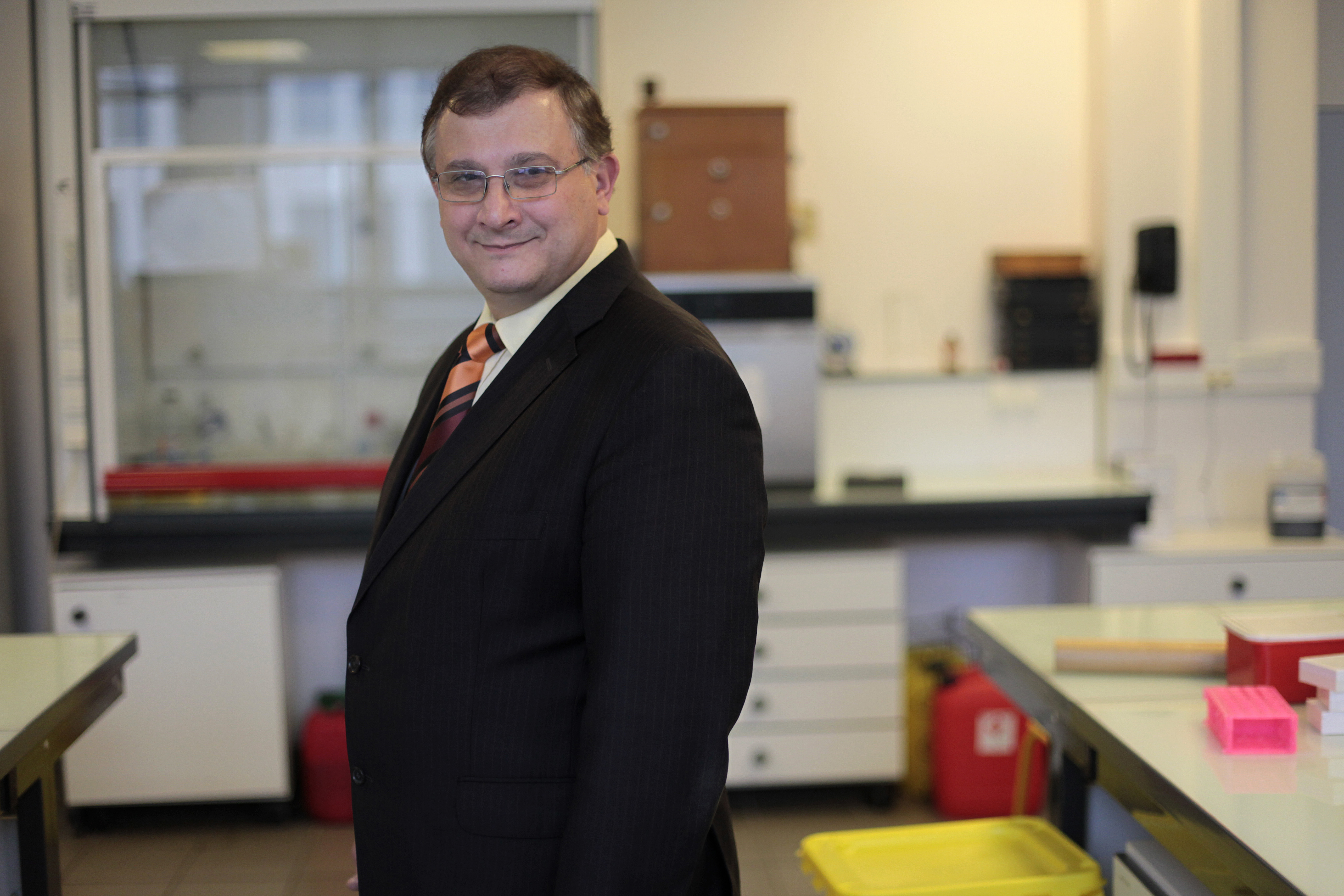
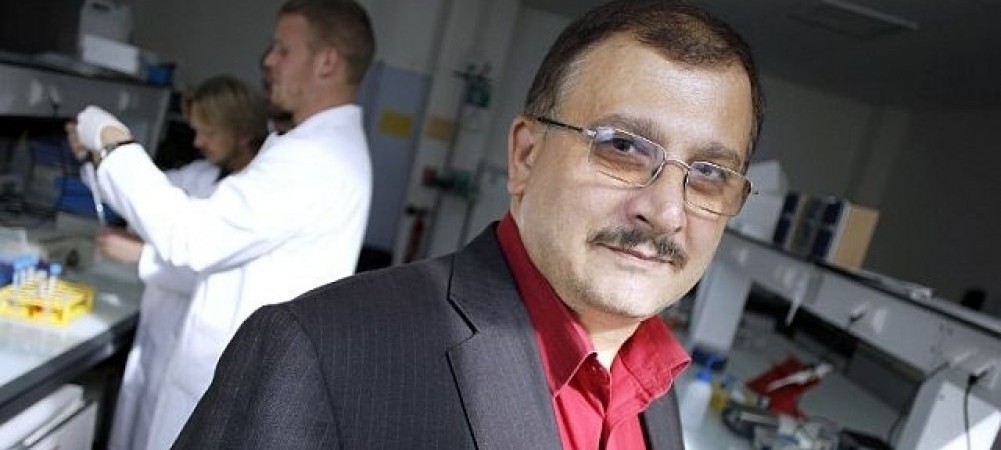

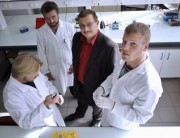
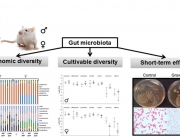

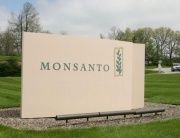




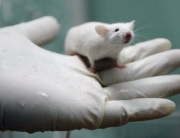




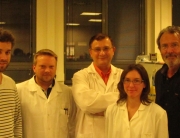


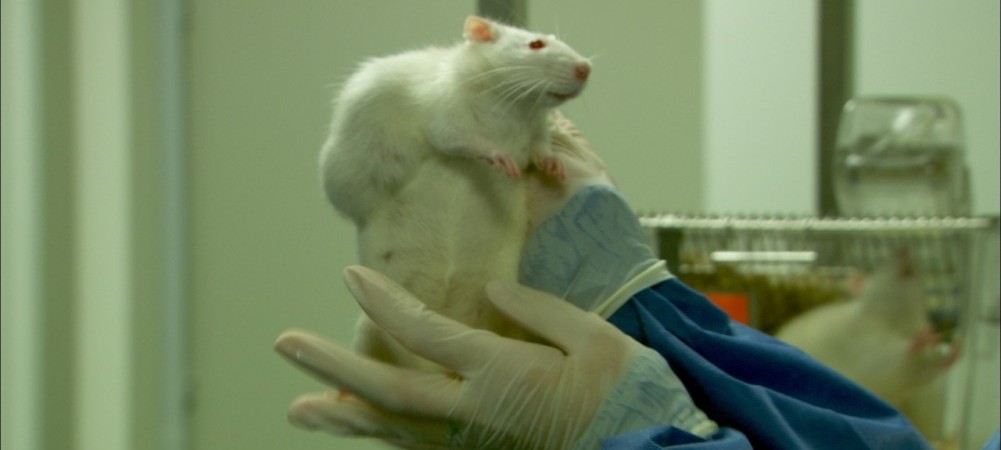

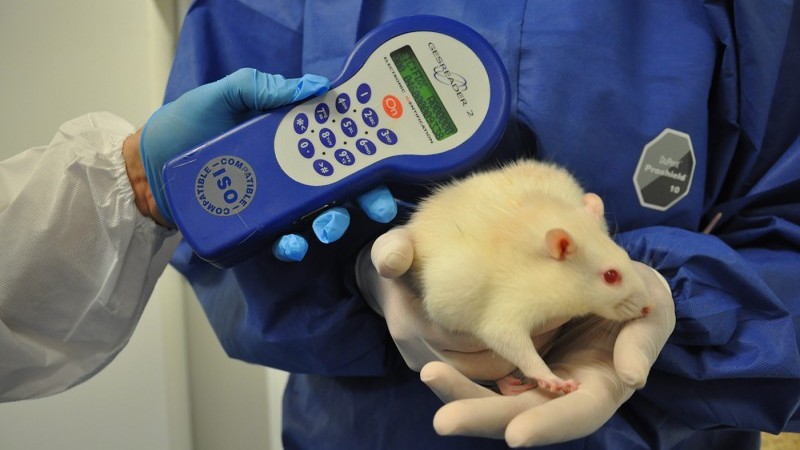

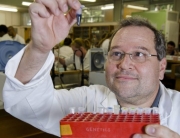
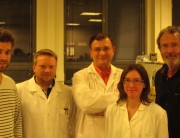

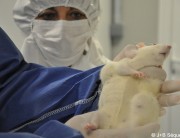






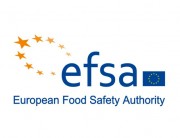

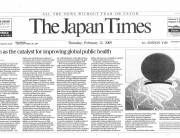

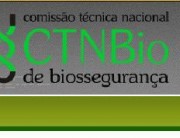


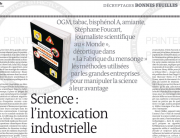





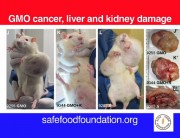

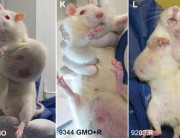
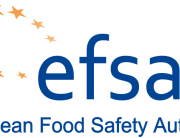

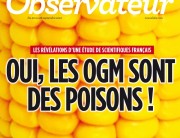















[…] here's an interesting link regarding the seralini study: https://www.gmoseralini.org/belgian-opini…nes-efsa-view/ […]